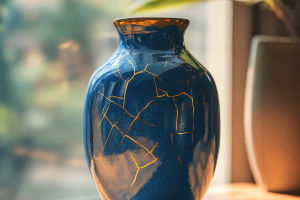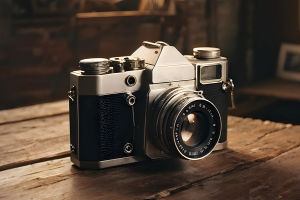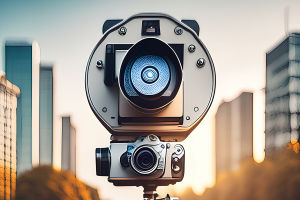In recent years, we've seen an explosion of stunning AI-generated images, from lifelike portraits to surreal landscapes.
Many of us have probably tried an AI art tool ourselves—sometimes with jaw-dropping results. But here's the big question: when we use AI to make art, is it really "our" creation?
Let's explore this fascinating topic together. By the end, we hope you'll have your own thoughtful take on whether AI-generated works should be considered true creative works.
What Is AI Art, Exactly?
To start, let's define what we mean by AI art.
AI-generated art usually refers to visual works created with the help of artificial intelligence. Tools like Midjourney, DALL·E, and Stable Diffusion allow us to type in a description—called a prompt—and the AI produces an image based on it.
The process feels magical. We describe a "dreamy forest at sunrise," and within seconds, we see a beautiful rendering. But because the AI is doing much of the "drawing," people wonder: is this real art? And if so, who is the creator?
The Human Role in AI Art
While AI tools handle the technical side of image generation, we still play a critical role in shaping the outcome. Here's why:
• We choose the subject and style through our prompts.
• We often refine and rework prompts to guide the AI.
• We select which results to keep and which to discard.
• We may edit or combine AI outputs with manual tweaks.
In this sense, we're acting as creative directors, shaping the vision and making choices throughout the process. The AI is a tool, much like a camera, brush, or musical instrument.
Is It Original?
One argument against considering AI art as "real" art is that AI models are trained on vast datasets of existing images. Critics say that the AI is remixing what it has seen rather than creating something new.
But let's think about this: human artists also draw inspiration from the world around them—art history, nature, photography, culture. Creativity often involves remixing and reinterpreting existing ideas in new ways.
The key difference is transparency and intention. With AI, it's important to understand what role the training data plays and how much we, as users, shape the final output.
Is AI Art "Less Valuable"?
Some traditional artists worry that AI art devalues human-made art. But in reality, the two can coexist—and even enrich each other.
AI tools can help us:
• Explore new visual ideas quickly
• Enhance existing creative workflows
• Spark inspiration for traditional projects
• Make art more accessible to more people
Rather than replacing human creativity, AI can act as a powerful extension of it. Many artists are already blending AI techniques with traditional skills in exciting ways.
How We Can Approach AI Art
As with any new technology, the key is balance. Here's how we can engage with AI art thoughtfully:
• Be transparent about using AI in our creative process.
• Treat AI as a collaborator or tool—not as the artist itself.
• Continue developing our own artistic eye and style.
• Respect original works and understand the ethics of AI training data.
When we approach AI art with curiosity and responsibility, it can open new doors in the world of creativity.
So… Is It "Creation"?
Ultimately, whether we consider AI-generated art "real" art depends on how we define creativity. If creativity is about making intentional choices, expressing vision, and connecting with an audience—then yes, AI art, when guided by a human hand, can absolutely be a form of creation.
But it's different from traditional art. It's a new form of creative expression that blends technology and imagination.
Let's Keep the Conversation Going!
Now, we'd love to hear your thoughts: Do you consider AI-generated art a form of true creation? Have you tried making art with AI? What was your experience like?
Let's keep exploring this fascinating intersection of technology and creativity together—because the future of art is being shaped by all of us. Ready to join the conversation?


